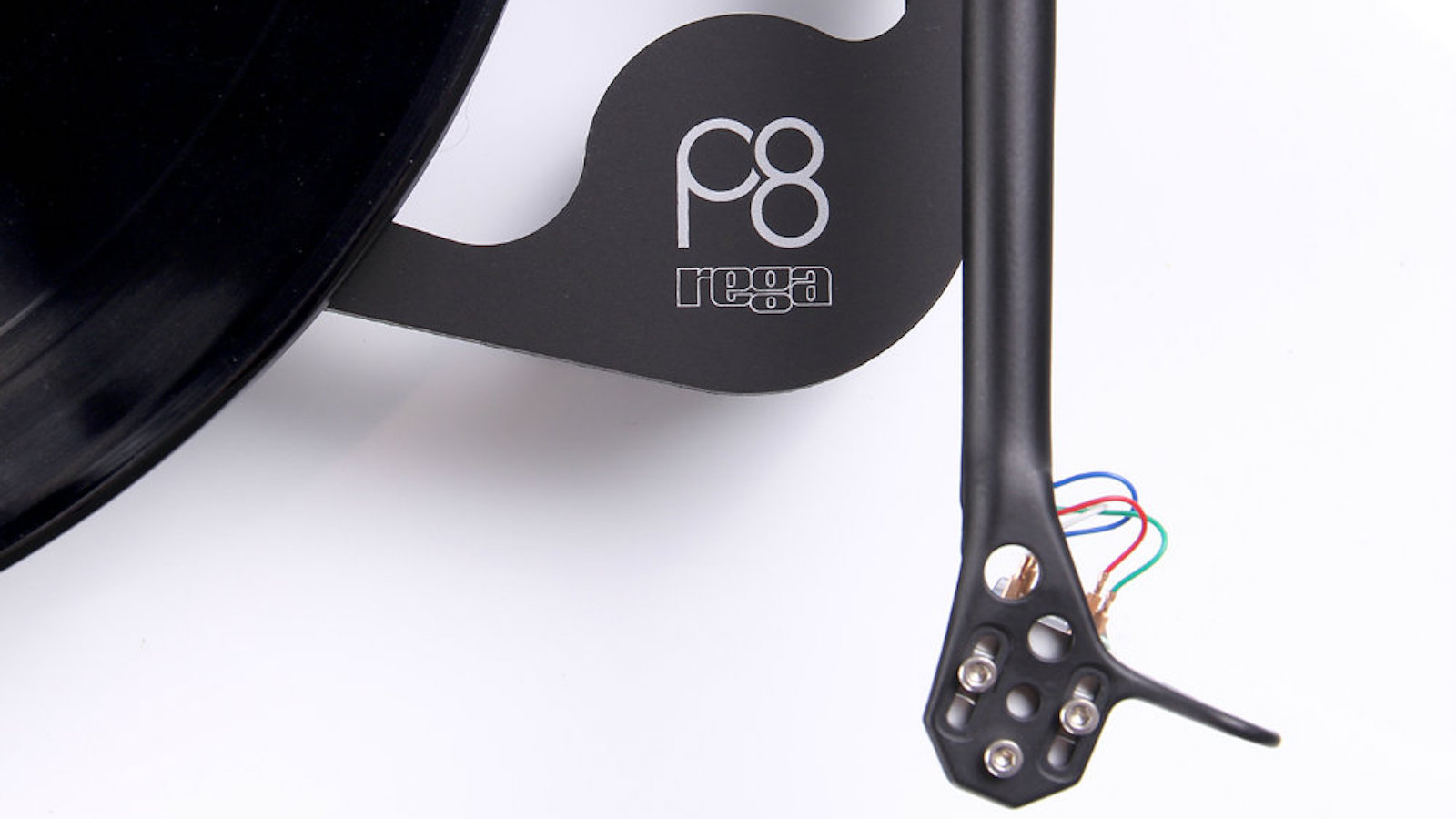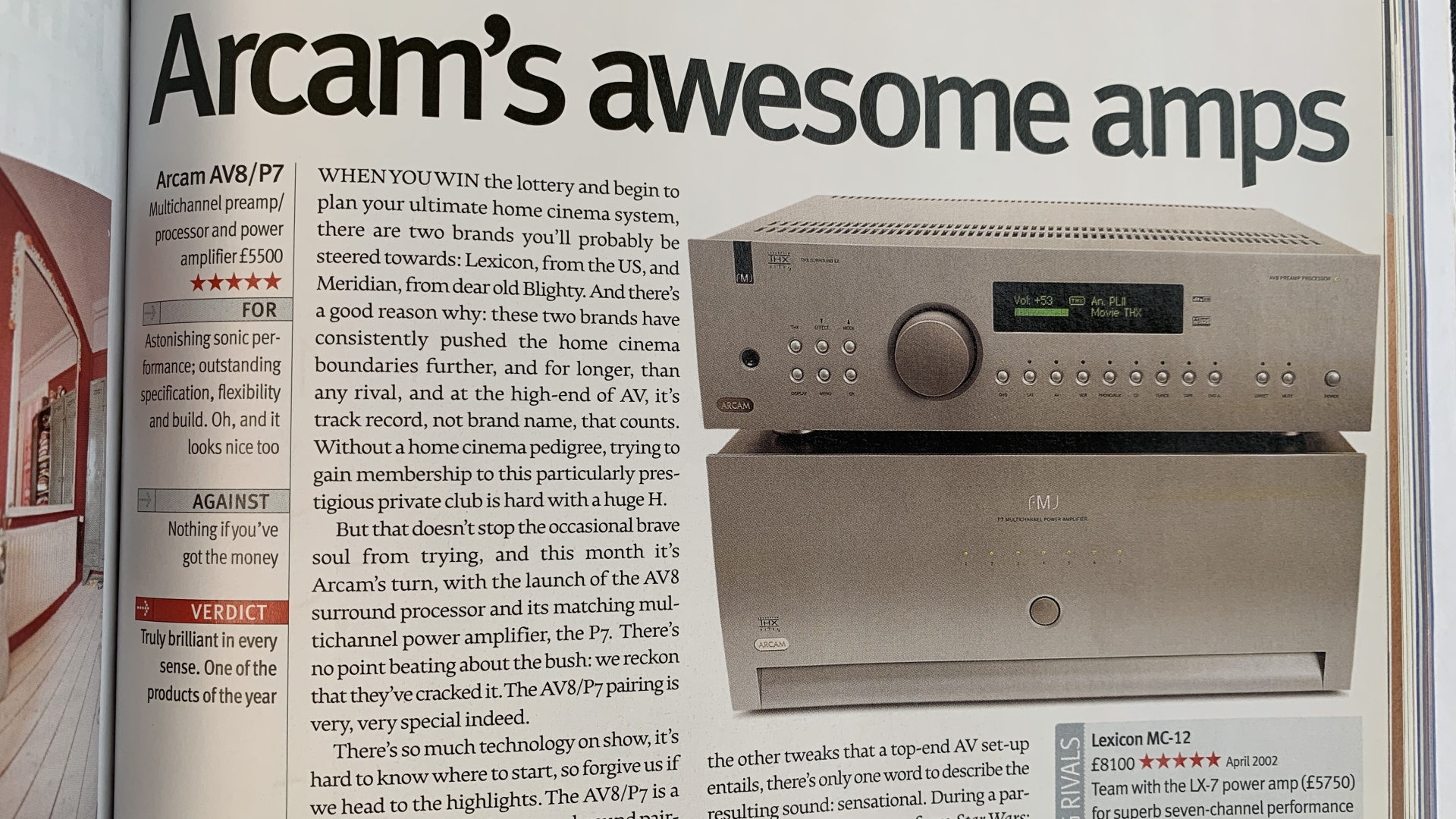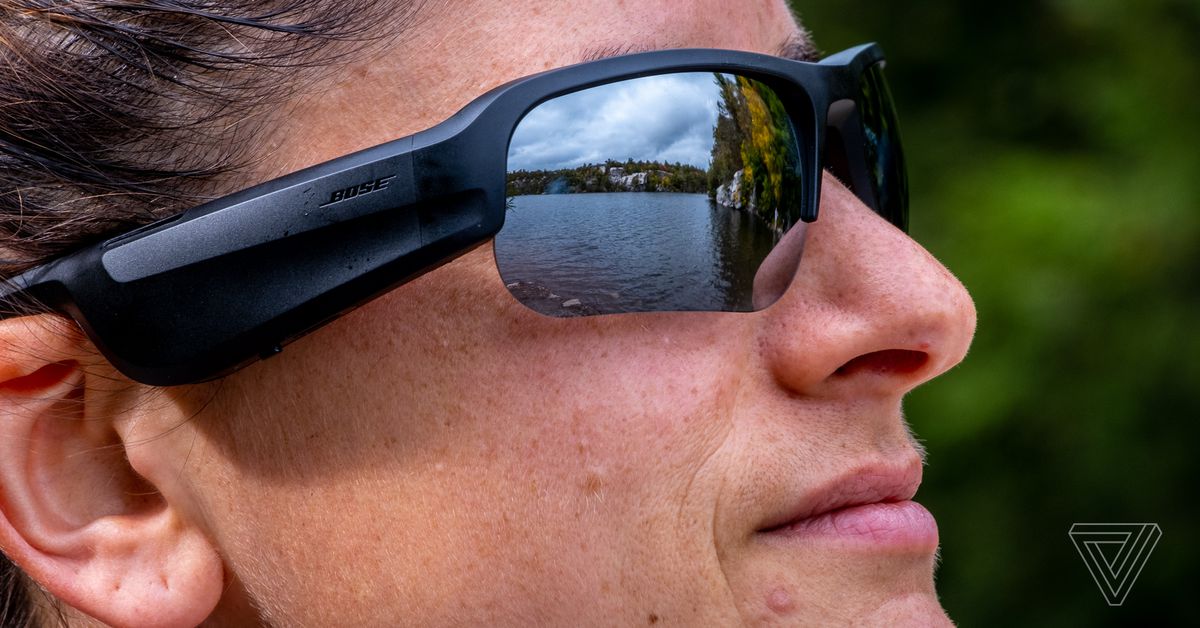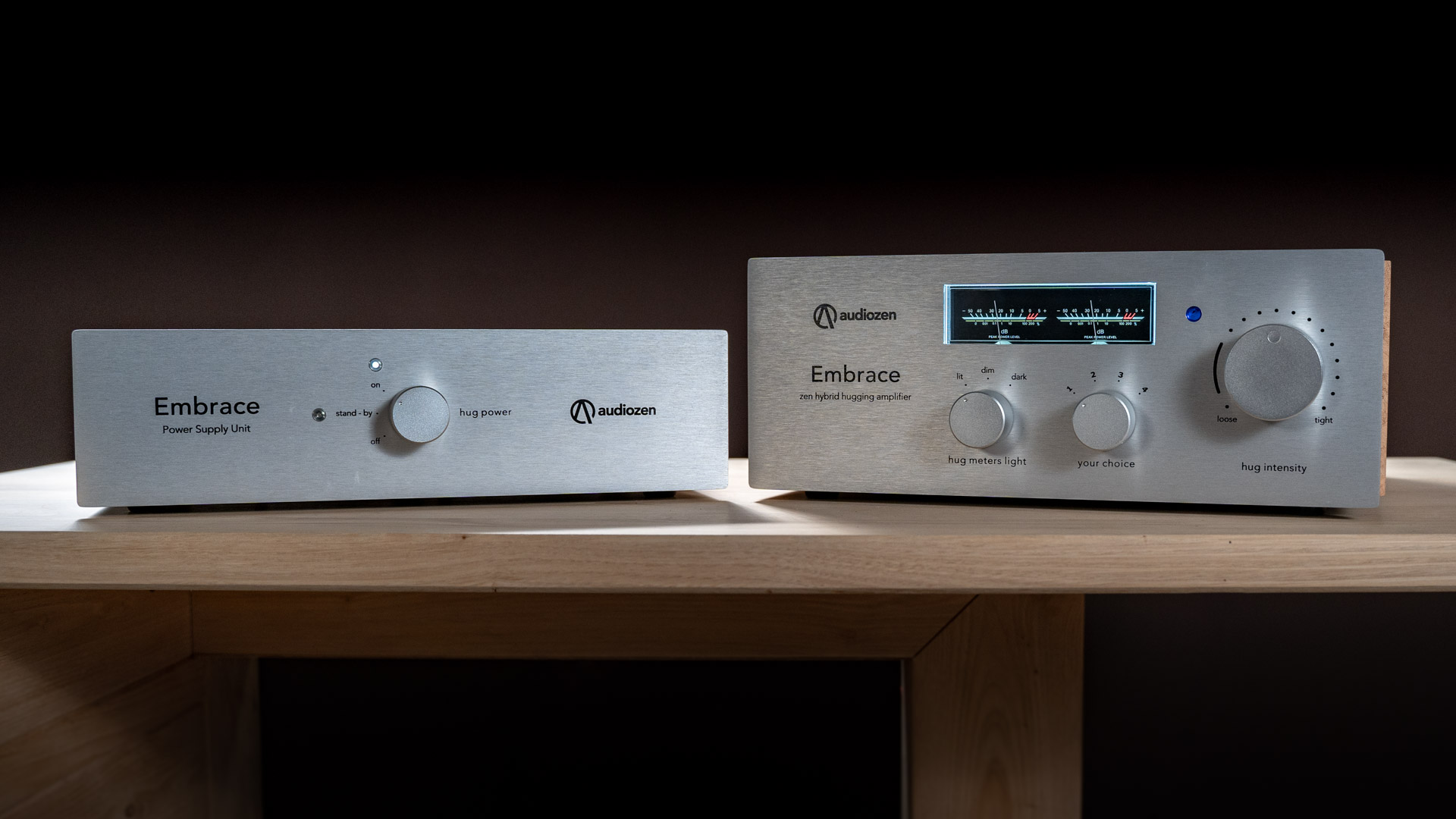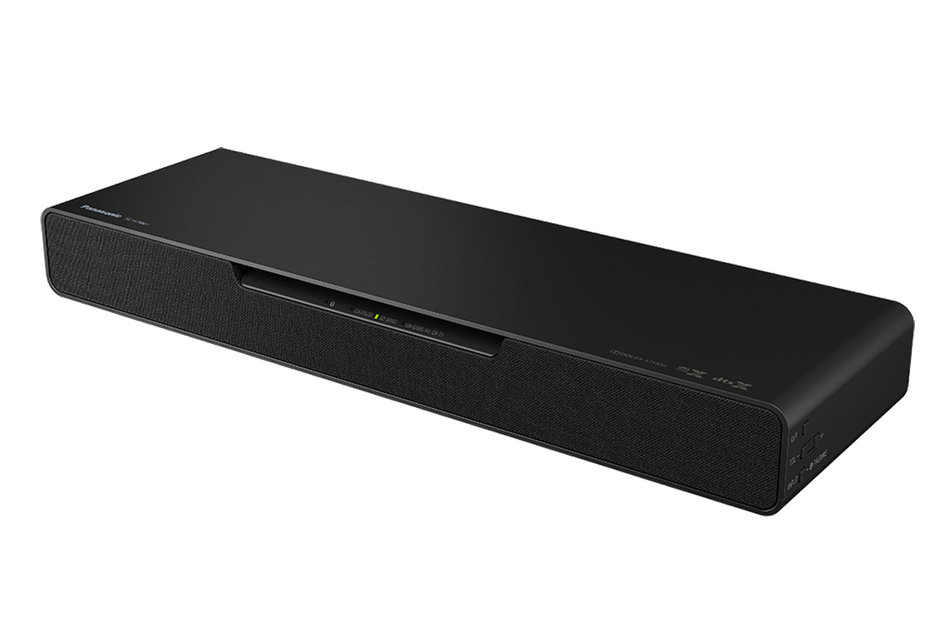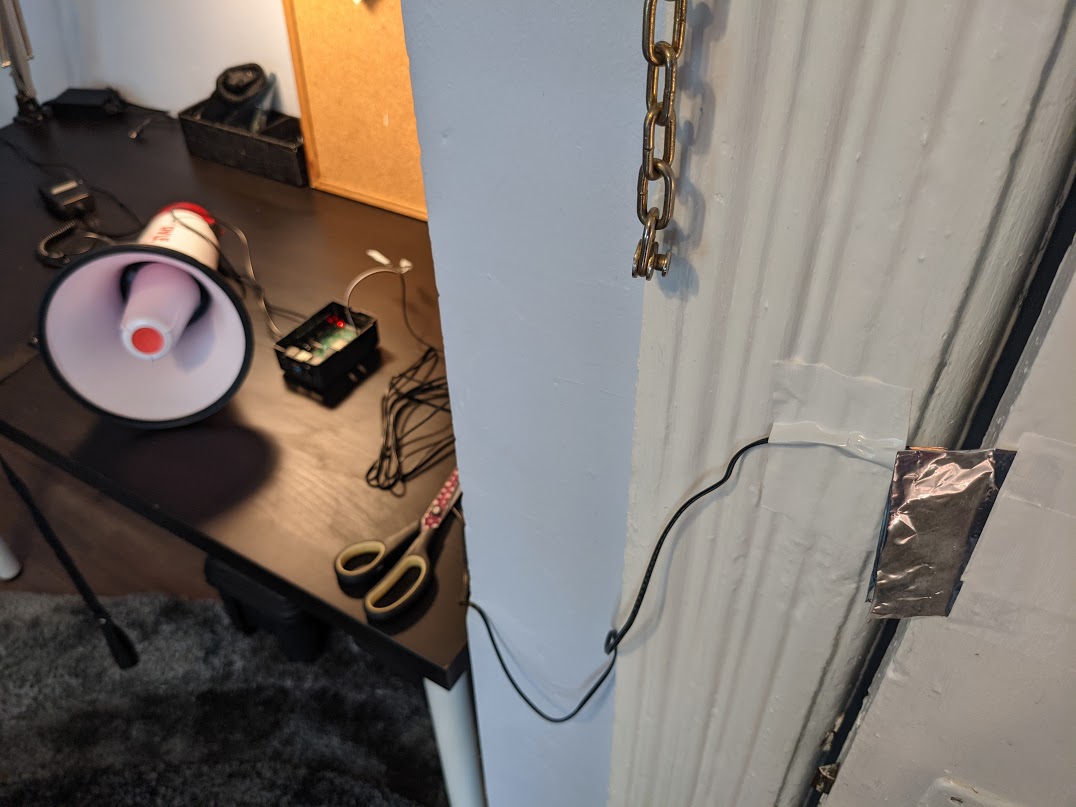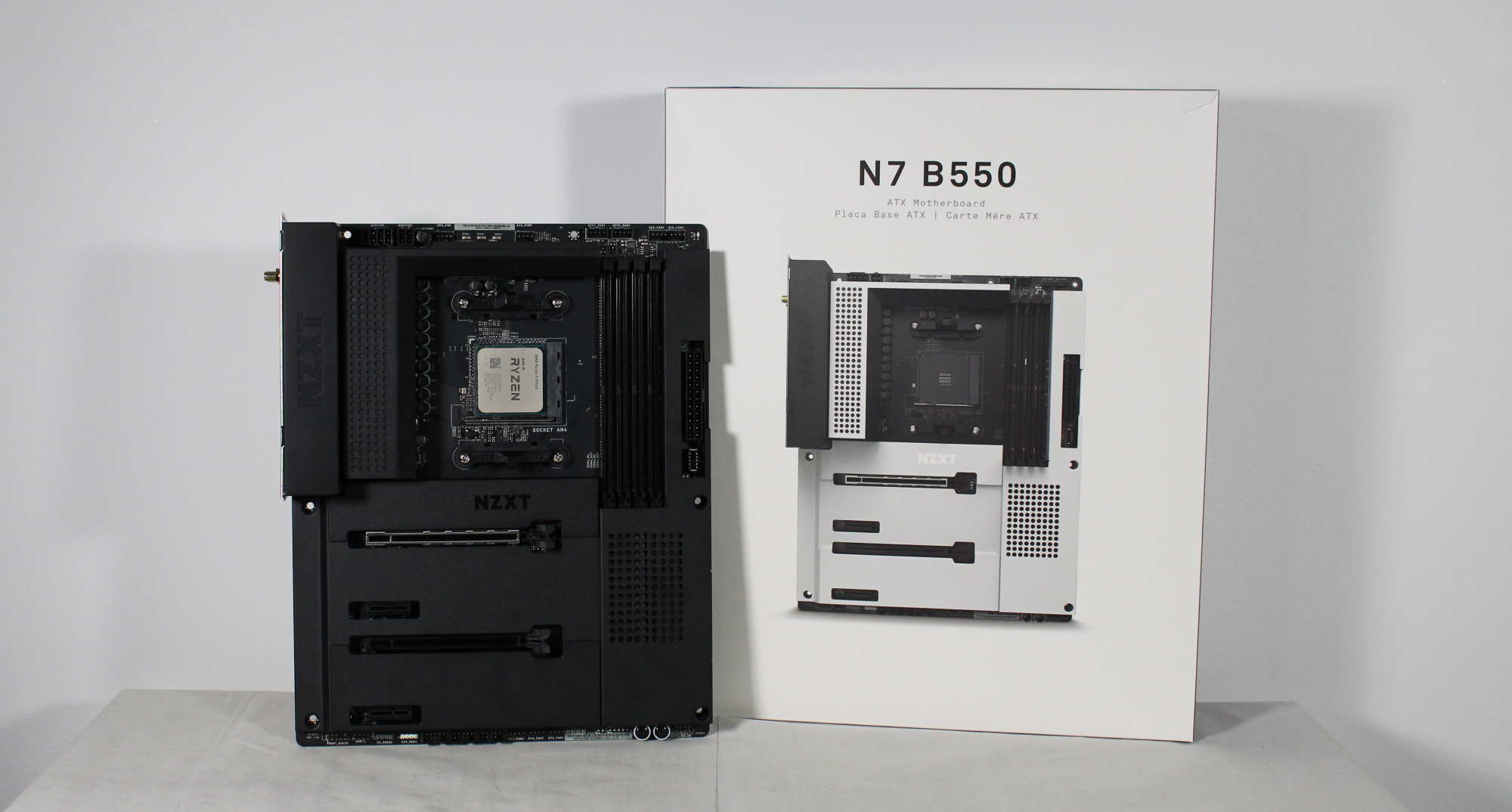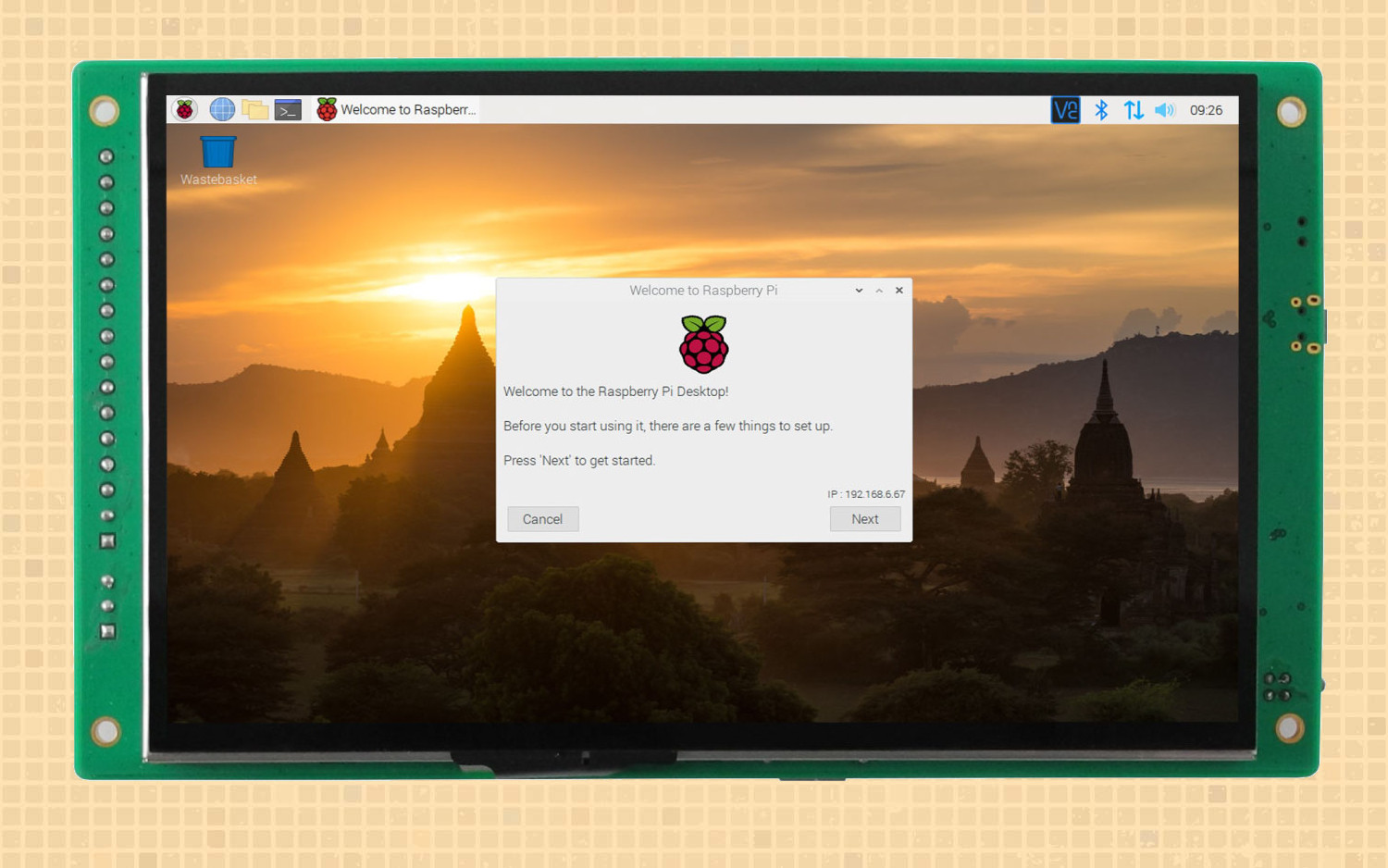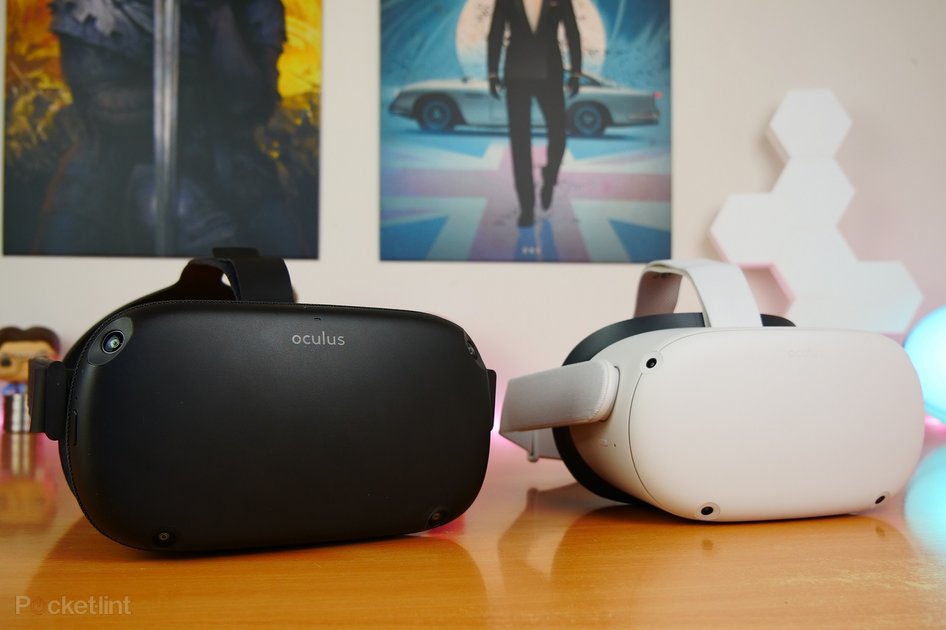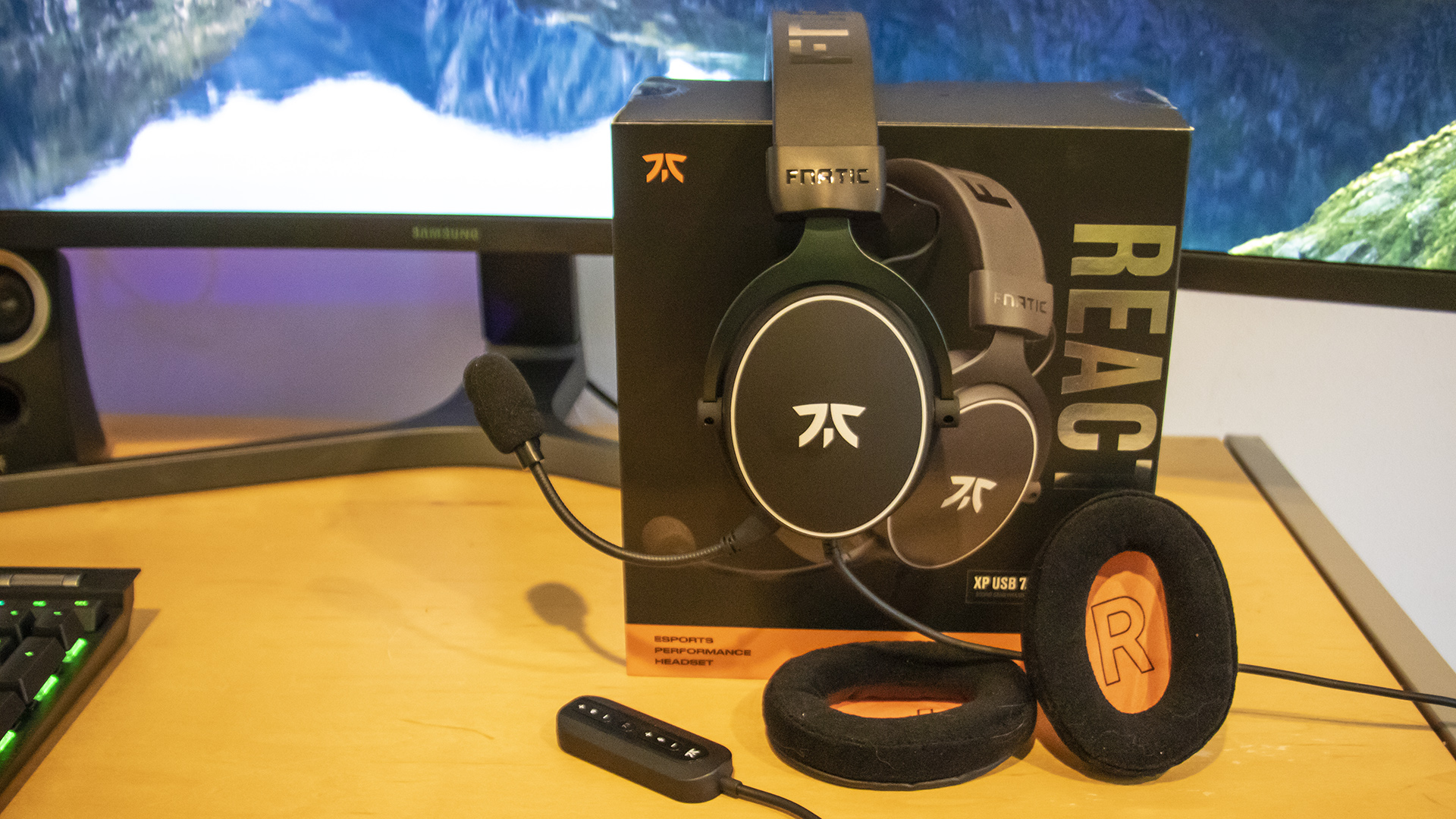To call Rega a little bit dominant in the world of turntables would be rather an understatement. After all, of the 30+ turntable What Hi-Fi? Awards we’ve dished out over the last five years, Rega has scooped up around half of them, leaving its rivals to scrap over what’s left.
The current Award-winning turntables didn’t come out of nowhere: they’re the culmination of over four decades of tireless development and refinement and built upon the legacy of the turntables that have gone before.
But while record players and cartridges are what Rega are most renowned for, and quite rightly so, the British company has also excelled in a range of electronics – mostly amplifiers and phono stages – over the years that have many an accolade and an impressive heritage of their own. It’s got a few pairs of speakers under its belt, too, having recently launched the Kyte.
That makes this a perfect time to revisit Rega’s greatest hits, from its very first turntable to its most recent What Hi-Fi? Award-winners across a number of categories.
Rega Planet (1973)
Pre-Rega, founder Roy Gandy spent his free time installing, upgrading and repairing turntables. Dismayed by the poor reliability of the decks he was seeing, Gandy set out to make an alternative with real solidity and longevity.
He also wanted his first turntable to look different to everything else that was available at the time. “Why can a turntable not have three outrigger points spinning round, that people might buy as a piece of sculpture?” he asked.
The result of his experience, goals and theorising was the Rega Planet, with its three-spoke, steel and aluminium platter and Acos Lustre tonearm. This was also the beginning of Rega as a company.
Rega Planar 3 (with RB300 arm) (1983)
As you’d assume from the name, the Planar 3 was not the first Planar by Rega. What’s more, the model we’re highlighting here wasn’t even the first Planar 3. What makes this the Planar 3 to focus on is the RB-300 tonearm that came pre-installed on it.
Having used Japanese and Danish manufactured arms for the first decade of its life, Rega’s own RB-300 and RB-250 took performance to new levels and received plaudits that you might not expect, with Modern Metals magazine proclaiming that it was ‘still trying to figure out how you produce such a long cored hole so accurately’.
More importantly (we hope), we proclaimed at the time that the RB-300 edition of the Planar 3 ‘seemed to get so much more off the discs’. This is arguably the point at which Rega came of age.
Rega Brios (1991 and 2018)
The original Brio amplifier first launched in 1991 – it was the company’s third model after the higher-end Elex and Elicit – ever since has pedalled a reputation for being a musically engaging affordable amplifier.
The generations we’ve seen over the years have all stayed true to the original’s musical foundations, managing to be sonically engrossing to entertaining and mostly class-leading degrees. And while they haven’t strayed far from the original design in terms of aesthetics and connectivity – half-width casing and analogue-only connectivity is infused into their design DNA – the performance benchmark they set has continued northwards. The current, sixth-generation Brio – the standout iteration alongside the first-gen model – is the best in the line yet: a stickler for detail and dynamics, rhythm and timing and, perhaps the simplest, truest summation, outright fun.
- Read the Rega Brio review
Rega P5 (2002)
Rega spent much of the ’80s and ’90s focused on electronics and speakers, ensuring that someone looking to build an entire two-channel system could do so using Rega components alone. New decks were occasionally launched along the way but it’s the P5 and its 15mm glass platter of 2002 that we’re picking out.
The idea here was to bring some of the features of the company’s more premium turntables – particularly the P25 of 1998 – within the reach of more hi-fi fans, hence the aluminium surround, complex CNC machined skeletal low mass micro-fibre plinth, and the RB700 tonearm of the P7.
Rega P3-24/Elys 2 (2007)
It would take Rega 24 years to launch the second-generation Planar 3, called the P3 2000, but then just seven years to launch the third model – the P3-24.
This model kept much of what made the original Planar 3 great but added some serious upgrades, including a new plinth, arm and motor.
You could buy just the turntable and arm for £400, but our sample was also fitted with Rega’s own Elys 2 cartridge, a model that would become part of the Rega furniture for years to come.
It was a terrific-sounding package, with class-leading and rival-obliterating drive and rhythmic ability. It’s fair to say this turntable left a lasting impression, so much so that it won the Product of the Year Award twice in a row.
- Read the Rega P3-24/Elys 2 review
Rega RP8 (2012)
Rega’s goal of combining lightness and rigidity bore striking fruit in 2012 with the launch of the RP8.
The skeletal plinth was constructed using little more than foam – closed cell, polyolefin foam to be precise. Phenolic resin skins were added to both top and bottom surfaces to deliver higher rigidity and an element of damping, but the RP8’s plinth still wound up being seven times lighter than that of the original Planar 3.
To say we were impressed by the RP8 – which is still available, by the way – would be an understatement. ‘When the company really goes for it, shooting for the stars rather than trying to meet a price point’, we said, ‘the results are spectacular’.
- Read the Rega RP8 review
Rega Naiad (2013)
It should be clear by now that Rega is renowned for building brilliant turntables at the relatively affordable end of the spectrum, which is why the Naiad might come as a bit of a surprise – it costs £30,000. Not that you can buy one even if you had the money: only 50 were ever made.
Built to celebrate Rega’s 40th birthday, the company considers the Naiad to be the ultimate representation of its engineering ideas when executed with little regard for cost or ease of manufacture. In other words, it’s the best deck Rega knows how to make.
Unfortunately, we’ve never tested the Naiad – there’d be little point reviewing a product almost no-one could buy – but it’s fair to assume it should sound pretty special, given Rega’s track record. And it sure is pretty.
- The making of: Rega Naiad
Rega Elex-R (2014)
Rega’s Elex-R arrived in 2014, 13 years after the original Elex, which was the company’s second-ever amplifier following its debut Elicit the year prior. It’s still going strong today – something we’re very thankful. Because while the Elex-R’s five-time What Hi-Fi? Award-winning streak came to an end in 2019 when Cambridge Audio’s better-connected CX models showed up, it still remains a go-to for analogue purists who aren’t worried about digital connectivity.
As with the Elicit and Brio siblings, its biggest strength lies in its effortless, uncompromising musicality; it’s the kind of product that gets straight to the heart of the music and conveys all the emotion in the recording with ease. We anticipate the next-generation Elex (which we’d imagine is due in the not-too-distant future) with avid eagerness.
- Read the Rega Elex-R review
Rega RP1 Performance pack (2014)
We’ve always been fans of Rega’s entry-level turntable, the RP1, but this enhanced version took things to a new level.
Mostly, this is the same turntable we know and love, but with a few key tweaks. For starters, there’s a new, thicker drive belt. You also get a new mat: it’s thicker, and made of natural wool as opposed to the synthetic material of the original. The moving-magnet cartridge is new, too, with the standard Ortofon OMB5 having been replaced by Rega’s own Bias 2.
We proclaimed the RP1 Performance pack a ‘blindingly good turntable for the money, and a great entry point into the world of vinyl’.
- Read the Rega RP1 Performance Pack review
Rega Planar 2 (2016)
In 1976, three years after Rega’s creation, the Planar 2 launched as one of the brand’s very first turntables. Its S-shaped tonearm was then replaced in 1984 with Rega’s RB250, and at the turn of the century a brand new version of the deck – fittingly named the P2 2000 – took its place in Rega’s catalogue until 2005.
Over a decade later, the Planar 2, having been developed over the past two years, was brought back from the dead – this time with the unabbreviated ‘Planar’ name.
The only things existing from the original being the drive belt and the plastic mouldings for the dust cover lid hinges, despite the two decks looking remarkably similar. But changes included a new plinth, power switch, 24v low-noise motor, central bearing, platter and feet. Quite a lot, then.
Most importantly, the Planer 2 received Rega’s new RB220 tonearm, which features new ultra-low friction ball bearings, a stiffer bearing housing and an automatic bias setting, making it virtually plug ’n’ play.
We proclaimed it a ‘proper step-up in performance from the RP1’, which is saying quite a lot.
- Read the Rega Planar 2 review
Rega Planar 3 (2016)
Despite there being a 40-year gap between the original and current Planar 3, we surmised that if we put the two side-by-side, ‘most people would be hard pushed to find any differences beyond the smarter plinth and the updated tonearm’.
In actual fact, almost every part had been revised since the last iteration – the P3-24 of 2007. The company had, fairly unusually, put some real effort into the styling, too. The core of the turntable was the same, though: simple, well-engineered and designed to put performance first.
“Want the best value turntable on the market?”, we asked. “This is it”.
And it is still.
- Read the Rega Planar 3 review
Rega Planar 6 (2017)
£1400 is no small price to pay for a turntable, particularly when a perfectly capable version of the same turntable is available for £200 less. But, such is the quality of the combination of Planar 6 and Ania cartridge, it’s a price well worth paying.
‘It’s a frankly astonishingly refined and mature sound’, we said in our review of the Planar 6, ‘with refinement adding to the deck’s customarily musical and insightful performance’.
It won an Award that year and repeated the feat in 2018. Will it be third time’s the charm? You certainly wouldn’t bet against it.
- Read the Rega Planar 6 review
Rega Aura MC (2018)
While Rega is a leading light at the more affordable end of the turntable and electronics fields it is a part of, ever mindful of value, it certainly knows how to make high-end products too. The Aura MC phono stage, which launched at £3999 ($5995), demonstrates that entirely.
Largely thanks to a three-stage symmetrical FET (Field Effect Transistor)-based main circuit board that’s packed with good quality components and driven by a generously specified power supply, the Aura MC is a virtuoso with moving coil cartridge-fitted record players, able to squeeze every last drop of energy from music signals it’s handed – not surprising considering that’s what Rega components do best. “If you have a system that can make the most of a phono stage of this level, dive right in,” is how we ended our review, and two years on from penning that statement we stand by it.
- Read the Rega Aura review
Rega Planar 8 (2018)
If you’re not one of the lucky 50 who managed to get hold of the Naiad, above, you should probably take a good look at this Planar 8, which is designed to encapsulate the essence of the Naiad at a far more affordable price.
To these eyes it’s a gorgeously designed turntable that looks like nothing else out there. It’s vastly more capable than Rega’s more affordable models, too, including the Planar 6.
‘Rega has pushed the boundaries of performance at this level and has given premium rivals positioned above it plenty to worry about’, we said at the time, and little has changed since.
- Read the Rega Planar 8 review
Rega Planar 1 Plus (2018)
When we heard Rega had finally developed a turntable with a built-in phono stage, the reaction of the What Hi-Fi? reviews team was a mixture of relief, anticipation and a fair bit of “about time, too”.
The Planar 1 Plus is essentially a Rega Planar 1 turntable with the Rega Fono Mini A2D built in. Both are Award-winning products, of course, and Rega says it only felt natural to combine them together. We absolutely agree.
‘Rega has struck gold in combining two superb products into one’, we said, commenting that in some ways it’s actually a better performer than when the turntable and phono stage are bought and combined as separates. This is a future classic and no mistake.
- Read the Rega Planar 1 Plus review
Rega Planar 10 (2019)
While the sparkliest jewels of Rega’s crown are arguably its lower-ranging Planar decks, its mainstream range-topper is the pinnacle of the Planar series and demonstrates the level of impressive engineering available at this price point.
The closest the company has got to building a production version of the Naiad – closer still than after the Planar 8 that came just before it – it’s an exceptional performer that packs clever engineering and fine build into a visually striking design. In fact, it’s the most sonically capable turntable we’ve heard at this price. If you really want to find out what’s hidden in that record groove, start here.
- Read the Rega Planar 10 review
MORE:
10 of the best British record players of all time
12 of the best Cambridge Audio products of all time
10 of the best Wharfedale speakers of all time
